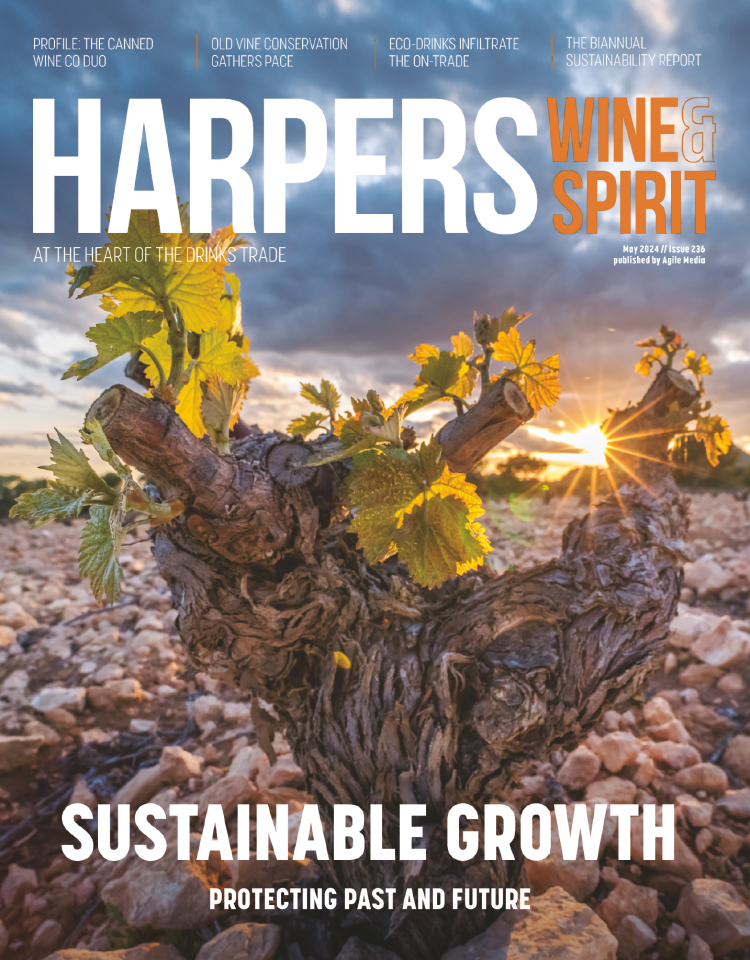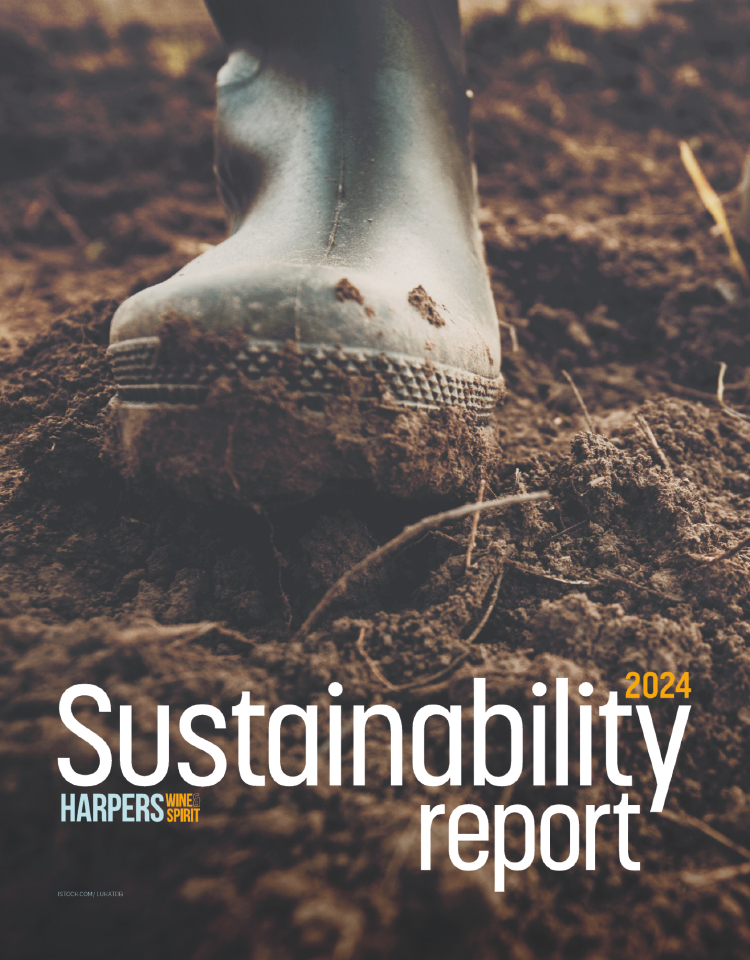Small is beautiful
Wine Australia 2006, held in Sydney last month, concentrated on championing smaller producers. Stuart Peskett considers whether the format was a success
Wine Australia 2006 arrived at a testing time for the industry. The oversupply in the country currently stands at a whopping 900 million litres; grape growers are complaining about unfulfilled contracts and a slump in grape prices; and the price of wine itself is another real issue.
The event was neatly previewed in the Sydney Morning Herald: With cleanskin wine rivalling the price of bottled water, wine producers are working hard to sell their labels. At Wine Australia, about 350 Australian producers flog their wares.'
Cleanskins, for the uninitiated, are, to all intents and purposes, unlabelled bottles. What information is on display covers merely the grape variety, the vintage and little else. You certainly won't see the name of the producer in bold type. Producers in Oz are justifiably concerned about the knock-on effect the oversupply is having on retailers. Australia effectively has a duopoly, with Coles Myer and Woolworths locked in a price war.
So what really raised eyebrows last month was a double-page advert in the Adelaide newspaper The Advertiser for a six-bottle case of cleanskin Chardonnay for A$11.98, which works out at around 80 pence a bottle.
This year's event was the third in a row to be held in Sydney, and in two years' time, the likelihood is that the show will move on to a different venue, and maybe up to Brisbane in Queensland. Stephen Strachan, CEO of the Winemakers' Federation of Australia (WFA), which organised the event, said: Up until the last event, we tried to target certain consumers - people who drink less than once a week - but in terms of this event, it didn't really work and the exhibitors paid lip service to that and sought out the media and the trade.'
If Wine Australia 2008 was held in Brisbane, it would appear to have the backing from the wine industry, especially as it was mooted that the Queensland state government is ready to underwrite the total cost. It also appeared rather popular with producers, the majority of whom would seem to welcome the chance of a bit of winter sun.
The most notable absentee from Wine Australia 2006 was Foster's Group. Other giants of the industry were there, but in compact form. Jacob's Creek, for instance, had a modest stand at the back of the venue, whereas Hardy's decided to split up its mid- to top-end wines up, and place them according to their region. A spokeswoman for Foster's explained its decision: Our senior marketers and management decided after many years of being involved in the event, that what really motivates consumers to attend is the opportunity to sample a broad variety of wines they would not normally have access to. So the event offers a great showcase for small "discovery" labels.
Because consumers enjoy plenty of access to our major brands, the discovery format is not particularly relevant for us. The marketing model we follow for our major brands is to invest in advertising, visitor centres, websites, sponsorship and so on to communicate with consumers all year round.'
Admittedly, Foster's is going through a period of change, following its takeover of Southcorp last year, but its absence was still felt at the show, although wineries were mixed on Foster's decision.
Martin Spedding, owner of 10 Minutes by Tractor, based in Mornington Peninsula, said: It's a great disappointment, and it's an opportunity missed.' Steven Strachan said that he was disappointed', but understood that the timing of the event wasn't ideal for Foster's. And Gary Collins of negociant and exporter SaltCollins added: It means more room for the rest of us. Also, Foster's are that bloody big that they could run their own Wine Australia!'
Other absentees included Brown Brothers, De Bortoli and Angove's.
And with no Foster's wineries present, confirming the multiple rumours that Penfold's Grange is about to be released under screwcap was an impossible task. Numerous producers claimed that a small proportion' of the wine would be released under the closure, after a decade of trialling by Penfold's - but the Foster's spokeswoman told Harpers this month that while technical trials have been conducted, no decision has been taken to bottle commercial quantities of Grange under screwcap'.
So what of this year's event? Certainly the timing of this year's show was better received, unlike 2004, which was held in November, just as the trade was gearing up for Christmas. The smaller size was a hit with producers, and unlike the behemoths of the LIWSF and Vinexpo, Wine Australia was easy to navigate and was well organised by region.
Another observation at this year's event was the lack of stragglers' late in the day - a common sight at the LIWSF - perhaps due to an on-the-spot fine of A$550 (220) if you're caught a little, shall we say, tired and emotional.
Mike Brown of Gemtree Vineyards in McLaren Vale said he would like to see the event opened up to allow international producers, or at least bring the Kiwis in'. Rob Mann, senior winemaker at Cape Mentelle, described the past two Sydney shows as pretty crazy, almost disorganised affairs', but was impressed with this year's event. He said: We had more time to talk to people. We had a good flow of people through, but it was interesting not having the big companies there.' And ex-Southcorp boss Jeffrey Wilkinson, now president and CEO of Cumulus Wines, said: The more compact formula works for us. It was too spread out last time.'
Paul Henry, general manger, market development, for the Australian Wine & Brandy Corporation, was equally impressed: I can honestly say that the reaction that I've had has been unanimously positive,' he said. People have been impressed with what the event has delivered, and I think that it has served its purpose well, that is to interact with the Sydney market, and the added dimension of the international buyers and press. Organisers have told me that there's been more of those than in previous years, and that's a barometer of quality.
What I'm really encouraged by is seeing more distributors and shippers coming in and using this event as an opportunity - and if it's adding dimensions on the trade side, then maybe that's where the future lies.'






